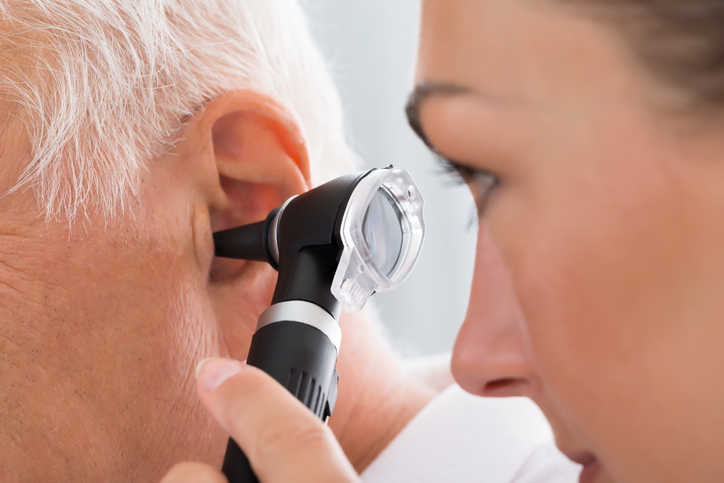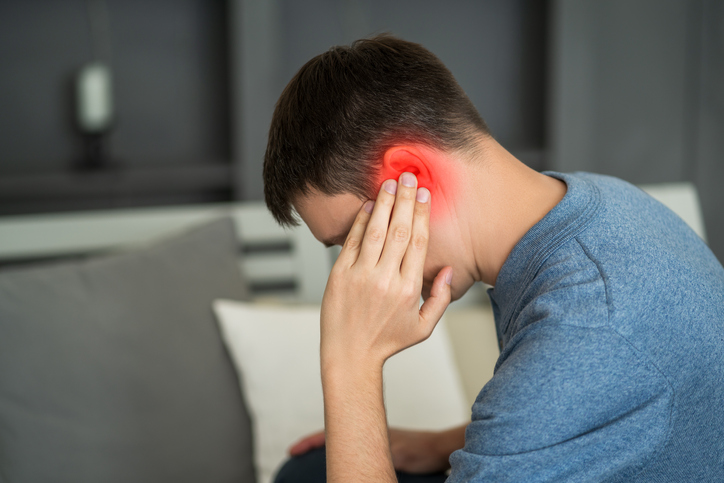Los Angeles Treatment For Ear Infection
If you have kids, you probably already know how frequently they have earaches. Although adults also experience them, children do so much more frequently. This is because their young ears still have trouble draining fluids and they are less effective at fighting off viruses and bacteria.
Along with an earache, you or your child may also have a fever, stuffy nose, or sore throat. These indicate a potential infection. Call your otolaryngologist so that they can diagnose the situation. and advise you on the treatment you need.
What is an ENT doctor looking for?
ENT doctors use an instrument called an otoscope to examine the eardrum for infections. If your child has an earache, it will be difficult to do this procedure while dealing with a crying baby, so be prepared to comfort the baby. A crimson eardrum or an eardrum that is bulging that has fluid behind it are indicators of an ear infection. She might use a different tool to check for an ear infection. A tympanometer is used to monitor fluid in the middle ear by using sound and air pressure.
What is an ENT doctor looking for?
ENT doctors use an instrument called an otoscope to examine the eardrum for infections. If your child has an earache, it will be difficult to do this procedure while dealing with a crying baby, so be prepared to comfort the baby. A crimson eardrum or an eardrum that is bulging that has fluid behind it are indicators of an ear infection. She might use a different tool to check for an ear infection. A tympanometer is used to monitor fluid in the middle ear by using sound and air pressure.
Treatment For Ear Infection
Ear infections are frequently treated because of our immune system. Sometimes middle ear infections can be treated without antibiotics. However, immediate antibiotic treatment is required for severe middle ear infections or infections that continue for more than 2-3 days.
- Wait and observe
The majority of ear infections heal on their own within one to two weeks without any medication, and symptoms typically get better within the first few days. We suggest a wait-and-observe approach for :
- Children aged 6 to 23 months with a temperature of less than 102.2 F and mild middle ear discomfort in one ear for less than 48 hours.
- Children older than 2-year-old who have had minor middle ear discomfort in one or both ears for under 48 hours and who have a temperature under 102.2 F.
According to research, some kids with ear infections may benefit from antibiotic treatment. On the other side, overusing antibiotics can result in drug resistance. Discuss the potential pros and cons of using antibiotics with your doctor.
- pain killer
You don’t have to put up with the discomfort if you need to wait for an ear infection to heal. Your doctor could advise a fever-reducer that also helps with pain, such as acetaminophen (Tylenol) or ibuprofen (Advil, Motrin). Due to the risk of Reye’s syndrome, a rare illness that can cause swelling in the brain or liver, aspirin should be avoided in children.
Using a heating pad with low heat can also help to lessen pain. When using a heating pad on a kid, please be extremely cautious.
- Antibiotics
Your doctor may suggest antibiotic treatment for an ear infection after the observation period if you are still not feeling well. Use the medicine as advised, even if your symptoms become better. Failure to finish the prescription can result in recurrent infections and microorganisms that are resistant to antibiotics. Make sure you discuss with your doctor or pharmacist what to do if you accidentally miss a dose.
- Drainage
A Board-certified Otolaryngology surgeon may perform myringotomy surgery if an infection results in severe complications, the fluid stays in the ear for an extended period, or if your child has recurrent ear infections. They will make a tiny hole in the eardrum so that liquids like blood, pus, or water can drain out. Oftentimes, they would insert a tube to prevent a clog from happening again.
The tube, which often falls out on its own between six and eighteen months, allows air to pass through and fluid to exit, keeping the middle ear dry. The tube also helps minimize discomfort, enhance hearing and reduce the chance of getting further ear infections.
What gets rid of ear infections quickly?
Your doctor may recommend antibiotics as a form of treatment for ear infections. If your ear infection is caused by bacteria, antibiotics are a great way to fight the infection. They are the most effective treatment for a bacterial ear infection and stop it from spreading to other body parts. One thing is that viruses are immune to antibiotics, so taking antibiotics for an ear infection caused by viruses can make it worse.
Can an ear infection go away on its own?
In many cases, ear infections heal on their own without medication involved. There are remedies you can try at home to reduce earache while your immune system is fighting the ear infection.
Los Angeles Treatment For Ear Infection
If you are experiencing any symptoms of an ear infection, please contact Dr. Madison Richardson’s office. Dr. Madison is a Board-certified otolaryngology surgeon who has more than 40 years of ear, nose, and throat experience in Beverly Hills.


